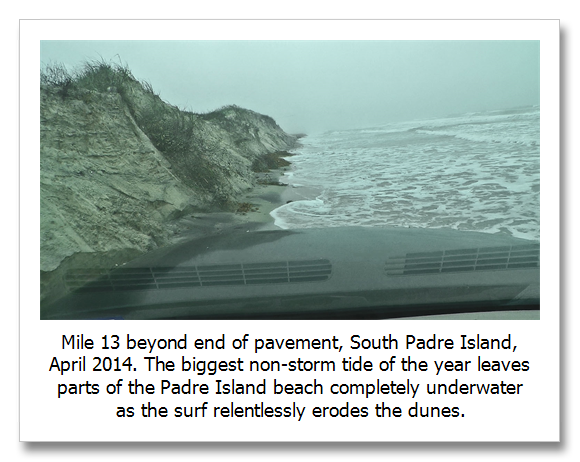
The Arctic is warming on average twice as fast as the global average, but in places the warming is double even this rate. Implications are immense as the Arctic is literally the worlds air conditioner, or at least most of the world as most of the world’s land is in the Northern Hemisphere. Thaw out…










